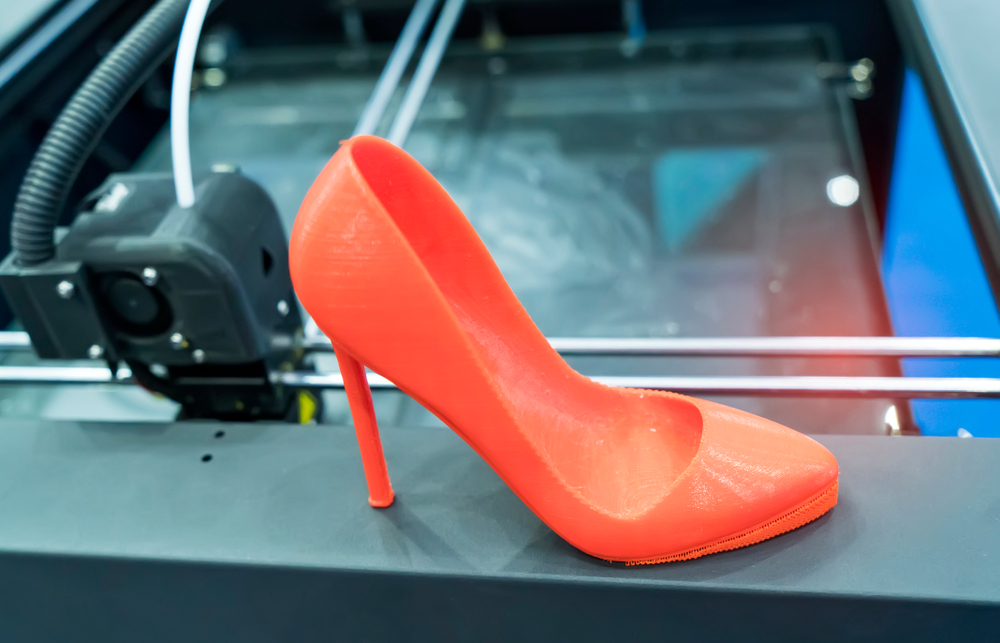- Konu Başlıkları
- The Importance of Sustainability in 3D Printing
- Reducing Carbon Emissions
- Minimizing Material Waste
- Meeting Regulatory Standards
- Key Strategies for Sustainable 3D Printer Production
- Using Eco-Friendly Materials
- Optimizing Energy Efficiency
- Implementing Closed-Loop Recycling
- Automating for Efficiency
- Case Study: Erla’s Global’s Sustainable Practices
- Steps to Implement Sustainable Practices
- Common Challenges and Solutions
- Frequently Asked Questions (FAQs)
- What makes 3D printing sustainable?
- How can I reduce waste in 3D printing?
- Are sustainable 3D printing materials effective?
- Building a Greener Future with Erla’s Global
In an era where environmental responsibility drives innovation, adopting sustainable 3D printer production practices is essential for businesses aiming to reduce their ecological footprint. From eco-friendly materials to energy-efficient processes, this guide empowers eco-conscious businesses and engineers to transform 3D printing into a green, future-ready operation. Discover actionable strategies to align your production with global sustainability goals.
The Importance of Sustainability in 3D Printing
3D printing offers efficiency over traditional manufacturing, but its energy consumption and material waste require strategic interventions. Embracing eco-friendly 3D printing practices not only minimizes environmental impact but also enhances brand reputation and reduces costs. This section explores why sustainability matters in 3D printing.
Reducing Carbon Emissions
3D printing processes like material extrusion and laser sintering are energy-intensive. Sustainable practices, such as renewable energy integration, can cut emissions significantly.
Explore how green 3D printing services support eco-conscious production.
[widget-131]
Minimizing Material Waste
3D printing waste reduction is a cornerstone of sustainability. Failed prints and excess filament contribute to landfill waste, but closed-loop recycling systems can repurpose these materials effectively.
Meeting Regulatory Standards
Certifications like ISO 14001 and LEED validate sustainable practices, ensuring compliance with environmental regulations and appealing to eco-conscious markets.
Key Strategies for Sustainable 3D Printer Production
Transforming your 3D printing operation into a sustainable powerhouse requires a holistic approach. These strategies provide practical steps for greener production.
Using Eco-Friendly Materials
Green 3D printer manufacturing relies on sustainable materials like biodegradable PLA, recycled ABS, and bio-based resins. PLA, derived from renewable sources like corn starch, decomposes naturally, making it ideal for prototyping.
Test custom prototypes with eco-friendly materials to validate performance.
Optimizing Energy Efficiency
Energy-efficient 3D printing reduces costs and emissions. Energy audits identify inefficiencies, while upgrading to low-energy printers and LED lighting can cut consumption by up to 30%. Renewable energy sources like solar panels further enhance sustainability.
Energy savings also impact budgets, as detailed in this cost guide.
Implementing Closed-Loop Recycling
Closed-loop systems collect failed prints and excess filament for reuse. Partnering with recycling facilities ensures materials like PETG and ABS are repurposed, reducing landfill contributions.
Automating for Efficiency
Sustainable additive manufacturing leverages automation to optimize material usage and energy consumption. AI-driven systems monitor print processes, reducing waste and improving efficiency.

Case Study: Erla’s Global’s Sustainable Practices
Erla’s Global exemplifies sustainable 3D printing by integrating ISO 14001 standards, using recycled PLA for 70% of their prototyping, and powering facilities with solar energy. Their efforts reduced carbon emissions by 35% and material waste by 45%, earning them recognition as a green manufacturing leader.
Steps to Implement Sustainable Practices
Follow these actionable steps to make your 3D printing operation sustainable:
- Conduct an Energy Audit: Pinpoint high-consumption areas for improvement.
- Switch to Sustainable Materials: Use biodegradable or recycled filaments.
- Establish Recycling Systems: Implement closed-loop material reuse.
- Adopt Renewable Energy: Integrate solar or wind power.
- Pursue Certifications: Achieve ISO 14001 or LEED for credibility.
Common Challenges and Solutions
Sustainability initiatives may face hurdles. Here are solutions to common challenges:
- High Initial Costs: Start with low-cost measures like LED lighting before scaling to renewables.
- Material Performance: Test eco-friendly materials to ensure quality.
- Lack of Expertise: Consult sustainability experts for guidance.
Frequently Asked Questions (FAQs)
What makes 3D printing sustainable?
3D printing becomes sustainable through eco-friendly materials like PLA, energy-efficient printers, and closed-loop recycling systems. These practices reduce waste, lower emissions, and align with certifications like ISO 14001, as demonstrated by industry leaders.
How can I reduce waste in 3D printing?
Implement closed-loop recycling to repurpose failed prints and excess filament. Use precise print settings and AI-driven monitoring to minimize errors, reducing waste by up to 40%, as shown in case studies.
Are sustainable 3D printing materials effective?
Yes, materials like recycled ABS and biodegradable PLA meet performance standards for prototyping and production. Testing ensures durability, while their eco-friendly properties support sustainability goals.
Building a Greener Future with Erla’s Global
Embracing sustainable 3D printer production practices is a powerful step toward a greener future. By adopting eco-friendly materials, optimizing energy use, and pursuing certifications, businesses can reduce their environmental impact while staying competitive. Erla’s Global’s commitment to sustainability, through ISO 14001 and innovative practices, sets a benchmark for the industry. Ready to make your 3D printing operation sustainable? Start with these strategies and lead the charge for environmental responsibility.












